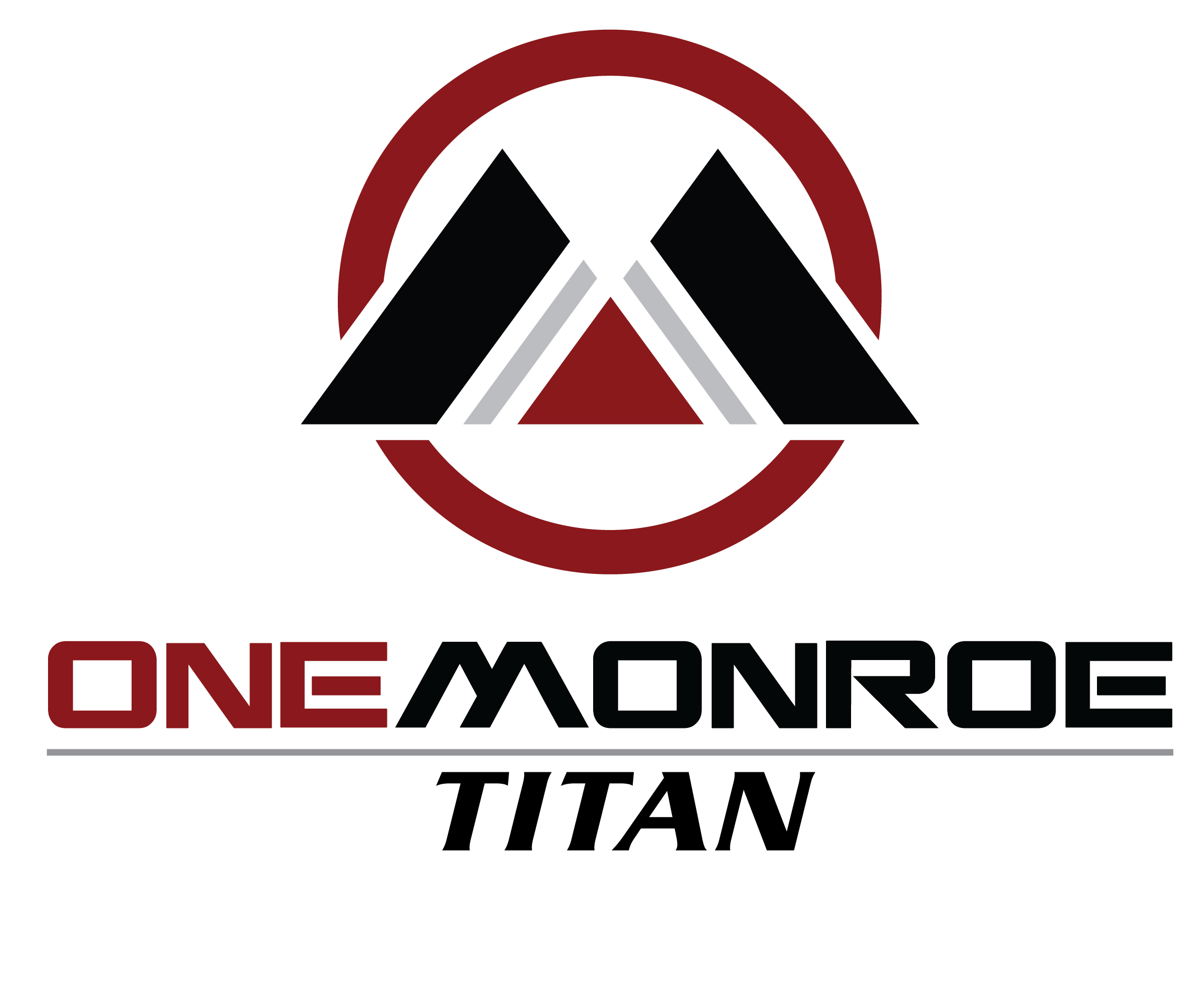
Efficient solar cable management is a crucial component of any solar installation, directly impacting both performance and longevity. As we harness the power of solar energy to drive the transition to renewable energy sources, understanding the various types of cable management solutions available is essential. These solutions include UV-resistant cable ties, cable clamps, and routing clips, each designed to safeguard the integrity of solar systems while optimizing energy harvest.

Effective cable management not only secures the connections between panels and inverters but also protects the cables from environmental hazards. By investing in quality management products, we can significantly reduce maintenance costs and extend the lifespan of our solar installations.
Essential Types of Solar Cable Management
Effective solar cable management is crucial for the safety and efficiency of solar power systems. By securely routing and protecting electrical wiring, we minimize energy loss and ensure reliability. This section covers various methods to manage cables in photovoltaic systems, providing practical solutions for installation and maintenance.
Cable Trays and Raceways
Cable trays and raceways offer robust support and protection for solar cables. They are especially useful in large solar installations where multiple lines of electrical wiring need to be organized efficiently. These structures prevent cables from sagging and protect them from environmental factors such as UV radiation and moisture, ensuring safer and more reliable electrical connections.
We often use galvanized steel or aluminum trays, ideal for their durability and corrosion resistance. For a neat installation, it’s crucial to ensure that the trays are correctly sized to accommodate the cables while allowing for thermal expansion. This setup not only allows easy access during maintenance but also improves the overall aesthetics of the solar power system.
Cable Clips and Clamps
Cable clips and clamps are essential for securing solar cables directly to panels, racking systems, or other surfaces. These small but vital components keep electrical cables firmly in place, preventing movement that can cause wear or disconnection over time. Their use minimizes the risk of mechanical damage, which is key to maintaining the safety and reliability of the system.
Available in different materials such as plastic and metal, clips and clamps should be selected based on environmental conditions. For example, UV-resistant materials are preferred to withstand prolonged sun exposure. Installation is straightforward; they simply snap or screw into place, offering flexibility and ease of integration into the existing setup.
Conduits and Ducts
Conduits and ducts provide a protective pathway for solar cables, ideal for directing electrical wiring from one point to another within a solar power system. These enclosures shield the cables from environmental hazards, including weather and wildlife, enhancing the durability and safety of the installation. Conduits are usually made from materials like PVC or metal, each offering different levels of protection and flexibility.
We typically employ conduits in areas requiring enhanced protection or where cables run underground. Their rigid or flexible forms can adapt to various installation needs. Proper sealing at the joints is essential to prevent moisture ingress, thus ensuring greater electrical safety and performance of the solar panels over time.
Cable Ties and Fastening Solutions
Cable ties and other fastening solutions are invaluable for organizing and securing cables along their paths. These ties help maintain the clean and efficient arrangement of electrical cables, crucial for system inspections and maintenance. Using UV-resistant materials ensures longevity, especially in outdoor solar installations.
Our preference is for ties that are reusable and adjustable, offering versatility during installation changes or upgrades. When correctly applied, they prevent cable strain and displacement, enhancing both the appearance and functionality of the photovoltaic panel setup. Such practices guarantee an orderly arrangement of the solar cabling, contributing to the overall efficiency of the energy storage and generation process.
Key Considerations for Solar Cable Management
In solar cable management, it’s essential to ensure cables can withstand environmental conditions, adhere to safety standards, and perform well under various temperatures. These factors are crucial for optimizing the efficiency and longevity of our solar energy systems.
Environmental and Chemical Resistance
Our solar systems are often exposed to harsh environmental conditions. Cables must be resistant to UV radiation, as prolonged exposure can degrade materials and decrease system efficiency. Chemical resistance is another factor to consider because certain environments might expose cables to chemicals that could lead to deterioration. Selecting cables with robust environmental protection ensures our systems maintain performance and safety over time, especially when subjected to rain, wind, and other weather extremes. It’s vital that our cable coatings and insulations are specifically designed for long-term exposure to such elements and can resist not just weather but also potential chemical spills or emissions.
Standards for Safety and Reliability
Compliance with industry safety standards is non-negotiable. Proper cable management minimizes risks such as electrical faults and fires, which can jeopardize our solar energy systems. Standards such as UL, IEC, and TUV certification ensure products meet stringent safety requirements. We must choose cables rated for the specific voltage and current capacity of our photovoltaic systems. This includes considering the connection points at the inverter and battery banks. Adhering to these standards not only promotes safety but also increases reliability and efficiency, reducing the risk of system failures and costly repairs.
Impact of Temperature on Cable Performance
Temperature greatly affects cable performance. In regions with extreme temperatures, our cables must handle variations from intense heat to deep cold. Excessive heat can lead to cable expansion, insulation melting, and reduced lifespan. Conversely, cold temperatures can make cables brittle and more prone to cracking. Selecting cables with appropriate insulation and composition mitigates these risks. It is crucial that we consider both ambient temperatures and the heat generated by the photovoltaic effect itself.


